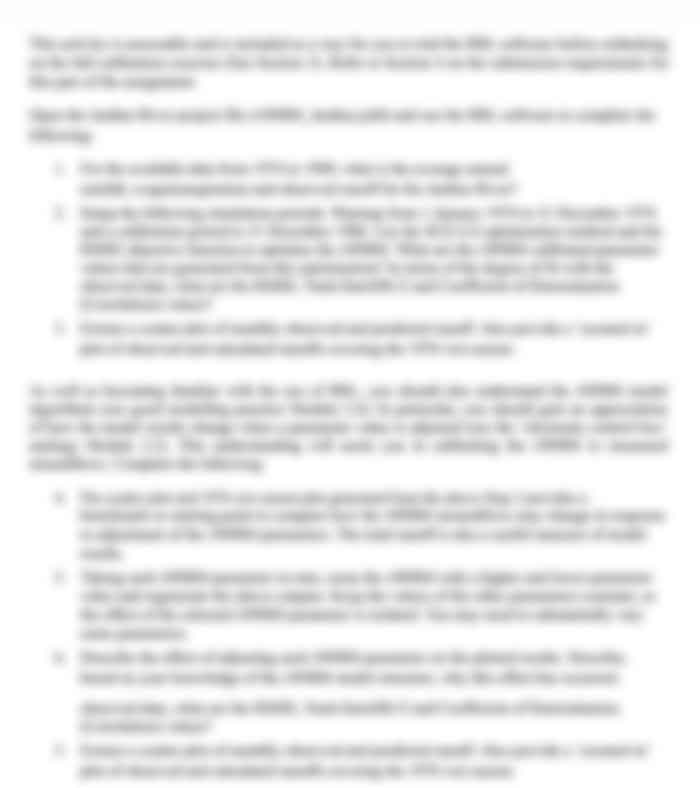Operations and Supply Chain Management Assignment
- Country :
India
1. Short Answer Type Questions:
1(a). A company is into manufacturing an antibiotic product. This is for veterinarian purposes. During floods when animals such as cows, buffalos, or other bovine species have digestive disorders, this medicine is very effective. If you were to give a thought to having a supply chain designed for this company, what will be your choice- responsiveness or efficiency. Ideally, how will you balance these both?
1(b). Consider the situation of a pharmaceutical manufacturer. The basic raw material is abundantly available and comprises almost 75% of the total cost of the finished product. However, they also require some other ingredients that are not very expensive and also are required in small quantities but are available only seasonally.
From the ABC, SDE, and SOS inventory model strategies, what type of inventory strategy you would suggest to this company and why?
2. Following data is sourced from the regulatory authorities. Using this data, build the below-given forecasting models:
Naive Forecast
2 Months Moving Average
Exponential Smoothing (alpha =0.3)
Out of the above three, which model will give the most accurate results( Using MAD- Mean Absolute Deviation to compare the models)
3. Below are the details of the inventory of a store dealing with automobile spare parts. Using the concepts of ABC analysis, categorize the spare parts into A, B, and C categories. (If required, you may have assumptions, but do mention them in your answer)
.png)
.png)
4. Here is the data of Tata Motors and Ashok Leyland. Compare the year-wise performance of these two companies based on the techniques covered in SCM. Also please state which company is doing better and why.
5. Here is the data on passenger traffic of a very busy international airport. Using MS Excel build-in Forecast Sheet, forecast for next 5 years for domestic and international passenger traffic. Share insights on your forecast.
6. Demand for the Carrom Board at a sports shop is 500 units per month. This shop incurs a fixed order placement, transportation, and receiving cost of Rs. 4,000 each time an order is placed. Each carrom board costs Rs. 500 and has a holding cost of 20 percent. Evaluate the number of carrom boards that the store manager should order in each replenishment lot. Secondly, also calculate the total cost for EOQ.

